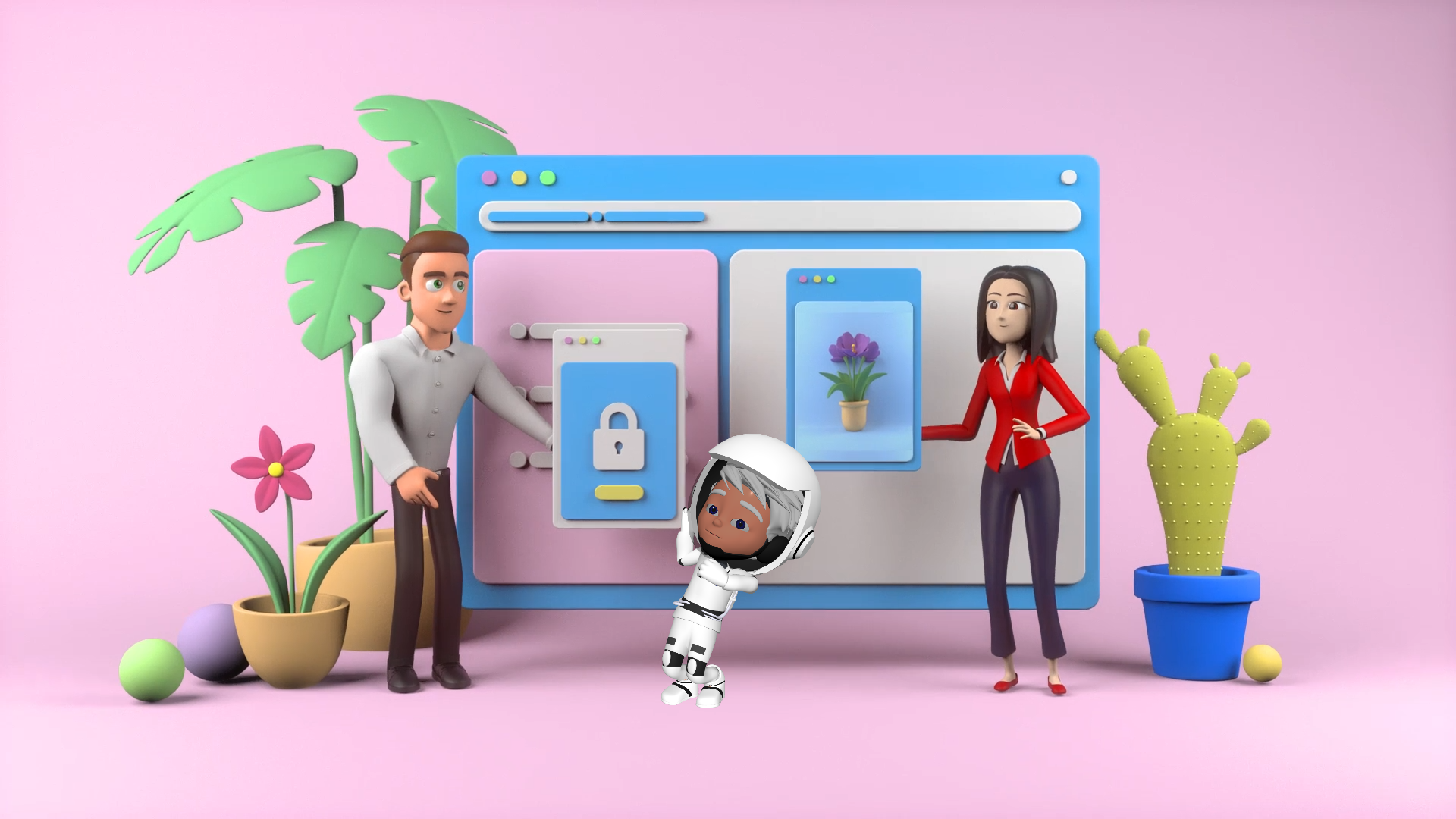
Published in:
Stories
A Comprehensive Guide to Implementing Successful AI-Powered Chatbots
Introduction
In today’s fast-paced digital landscape, AI-powered chatbots have emerged as essential tools for businesses seeking to enhance customer experiences. These conversational agents can operate 24/7, providing instant support and personalized interactions, while also delivering detailed information specific to various industries. This guide outlines the key steps to successfully implement an AI-powered chatbot, ensuring it adds value to your business.
Understanding AI-Powered Chatbots
AI-powered chatbots are intelligent software applications designed to simulate human conversation. Unlike rule-based chatbots, which follow predefined scripts, AI chatbots leverage natural language processing (NLP) and machine learning to understand and respond to user inquiries more dynamically.
Benefits of implementing AI chatbots:
- Hyper-personalized responses with context
- Reduced response times
- Improved customer satisfaction
- Ability to handle multiple queries simultaneously
The combined benefits make AI chatbots invaluable for customer service and engagement.
Defining Objectives and Use Cases
Before diving into implementation, it’s crucial to define clear objectives. Identify what you aim to achieve with your chatbot—whether it’s lowering customer support costs, increasing lead generation, or providing instant answers to frequently asked questions. Consider specific use cases tailored to your industry, such as an e-commerce chatbot that assists with product recommendations or a healthcare chatbot that provides appointment scheduling. Setting measurable key performance indicators (KPIs) will help you evaluate the chatbot’s effectiveness post-launch.
Examples of AI-Powered Chatbot KPI metrics:
- Customer satisfaction score (CSAT)
- Conversion rate (e.g., leads generated)
- Number of resolved queries without human intervention
- User retention rate
Selecting the Right Technology
Choosing the right chatbot technology is vital for success. Numerous platforms and frameworks exist, such as Google Dialogflow and Microsoft Copilot Studio, each with its strengths. When selecting a solution, consider factors like ease of integration with your existing systems, scalability for future growth, and the NLP capabilities that best suit your customer interactions. Additionally, ensure you choose robust AI models and high-quality training data to optimize performance.
Designing the Conversational Flow
A well-designed conversational flow is critical for user satisfaction. Aim for a user-friendly design that allows for natural, engaging dialogues. Techniques such as developing user personas and employing context awareness can enhance interaction quality. Don’t forget to include fallback options, enabling the chatbot to escalate complex queries to human agents when necessary. This approach ensures a seamless experience for users, enhancing their overall satisfaction.
Training the Chatbot
Training your chatbot is the most challenging part. It involves collecting and preparing relevant training data. Effective training methods include supervised learning, where the model learns from labeled datasets, and reinforcement learning, which improves performance based on feedback from user interactions. Continuous learning is essential; regularly update the chatbot to refine its responses and adapt to changing customer needs. Monitoring performance metrics will help identify areas for improvement. Consider Hub360+ Solution Labs, as the startup comes with extensive ecosystem partners that can provide the best training datasets, expertise & eventual outcome.
Testing and Launching the Chatbot
Thorough testing is a prerequisite for launching your chatbot. Conduct user acceptance testing to gather feedback and measure performance against established metrics. Consider a phased rollout, starting with beta testing among a select group of users. This strategy allows you to identify and address potential issues before a full launch, ensuring a smoother experience for all users.
Promoting and Integrating the Chatbot
Once your chatbot is ready, effective promotion is essential. Use your website, social media platforms, and email marketing to inform customers about the new service. Integration with existing systems, such as customer relationship management (CRM) tools and knowledge bases, will streamline processes and enhance the chatbot’s capabilities. Encouraging user adoption through incentives or showcasing the chatbot’s value can further drive engagement.
Measuring Success and ROI
After launch, continually measure the success of your chatbot against predefined KPIs. Use analytics tools to track user interactions, response times, and customer satisfaction levels. Evaluating these metrics will help you assess the chatbot’s impact on your business. Calculate the return on investment (ROI) by comparing the costs of implementation against the benefits gained, such as increased sales or reduced support costs.
Conclusion
Implementing an AI-powered chatbot can significantly enhance customer experience and streamline business operations. By defining clear objectives, selecting the right technology, designing intuitive conversations, and continuously measuring performance, you can create a valuable tool that meets your business needs. Successful AI-powered chatbots are not easy. You might want to consider engaging leading startups such as Hub360+, who have a full suite of solutions to develop well-trained chatbots on extensive datasets alongside garnering users through the mini-app exchange ecosystem.

